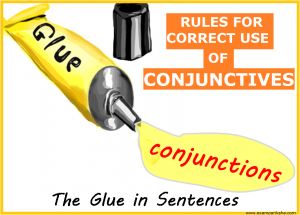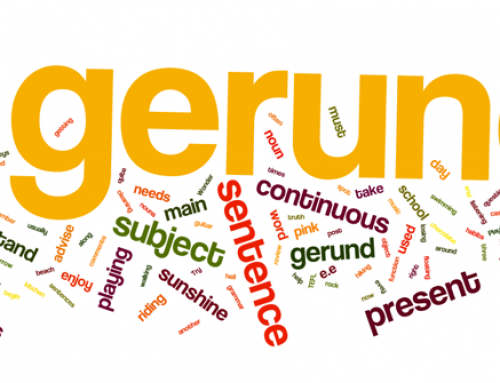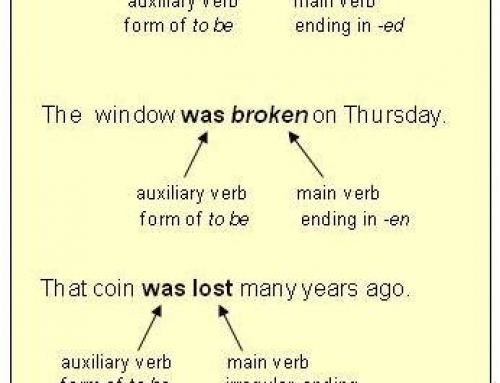A conjunction is basically a word which connects phrases, words, clauses or sentences. It also brings the relationship between elements which are thus joined. It also brings about relationship between the elements which are thus joined. There are two types of conjunctions:
- Co-ordinate conjunctions
- Subordinate conjunctions
A co-ordinate conjunction joins clauses or sentences of equal rank. Also, it joins words of equal grammatical rank.
She went to the hospital and met the doctor.
Drake and Dragon are best friends.
The Co-ordinate Conjunctions are of four kinds:
1. Cumulative Conjunctions: A conjunction which adds one statement or fact to another is a cumulative conjunctions. For instance;
The professor as well as the lecturer has accepted to conduct the examination next week.
The following are the cumulative conjunctions:
- Not only —but also,
- Both — and,
- As well as
- too, also, moreover, etc.
2. Alternative Conjunctions: A conjunctions of this kind expresses a choice between two alternatives. Either–or, neither–nor, otherwise, else, etc. are alternative conjunctions. For instance;
- He is good neither at games nor at studies.
- Work hard, otherwise you will fail.
3. Adversative Conjunctions: An adversative conjunction expresses a contrast between two facts or statements. Only, however, but, still, yet, whereas, nevertheless, etc. are adversative conjunctions. For instance;
- He was angry, but she kept quiet.
- He hates me, yet I love her.
4. Illative Conjunctions: Such a conjunction shows that a statement or fact is proved or inferred from another. Therefore, hence, so, consequently, for, etc. are Illative conjunctions. For instance;
- She is honest and amiable, hence he is revered.
5. Subordinate Conjunctions: These are the conjunctions that connect a clause to another on which it depends for its full meaning.
The adverbial clauses are usually connected to the main clauses by means of the subordinate conjunctions: The Chief Subordinating Conjunctions are after, because, if, another, through, till, etc. The following are some of the sentences in which important subordinate conjunctions are used.
- She had died before the doctor arrived.
- We eat so that we may live.
- She behaved in such a manner that all dislike her.
The following compound expressions also can be used as conjunctions. For instance; In order that, on condition that, even if, so that, provided that, as though, as well as, as if, etc.
P.S. : There are some words which are used both as conjunctions and as prepositions.
- Conjunctions – [We went home after she came to the office.]
- Prepositions – [We went home after sunrise.]
- Conjunctions – [I went to bed early, for I was tired.]
- Prepositions – [I shall do it for him.]
The following conjunctions are used in pairs and hence are called correlative conjunctions.
- Either—or
- Neither—nor
- Both—and
- Though—yet
- Whether—or
- Not only—but also
When conjunctions are used as correlatives, each of the correlated words should be placed immediately before the words ti be connected.
For instance;
- She not only visited Delhi but also Jaipur. [Is WRONG]
- She visited not only Delhi but also Jaipur. [Is CORRECT]
- She is neither good at Mathematics nor at Science. [Is WRONG]
- She is good at neither Mathematics nor Science. [Is CORRECT]
<<Click here for Standard Drawing Rights(SDR)>>
<<Read about Winds in Atmosphere in Geography notes here>>
<<Click here for latest list of Union Ministers in India>>





